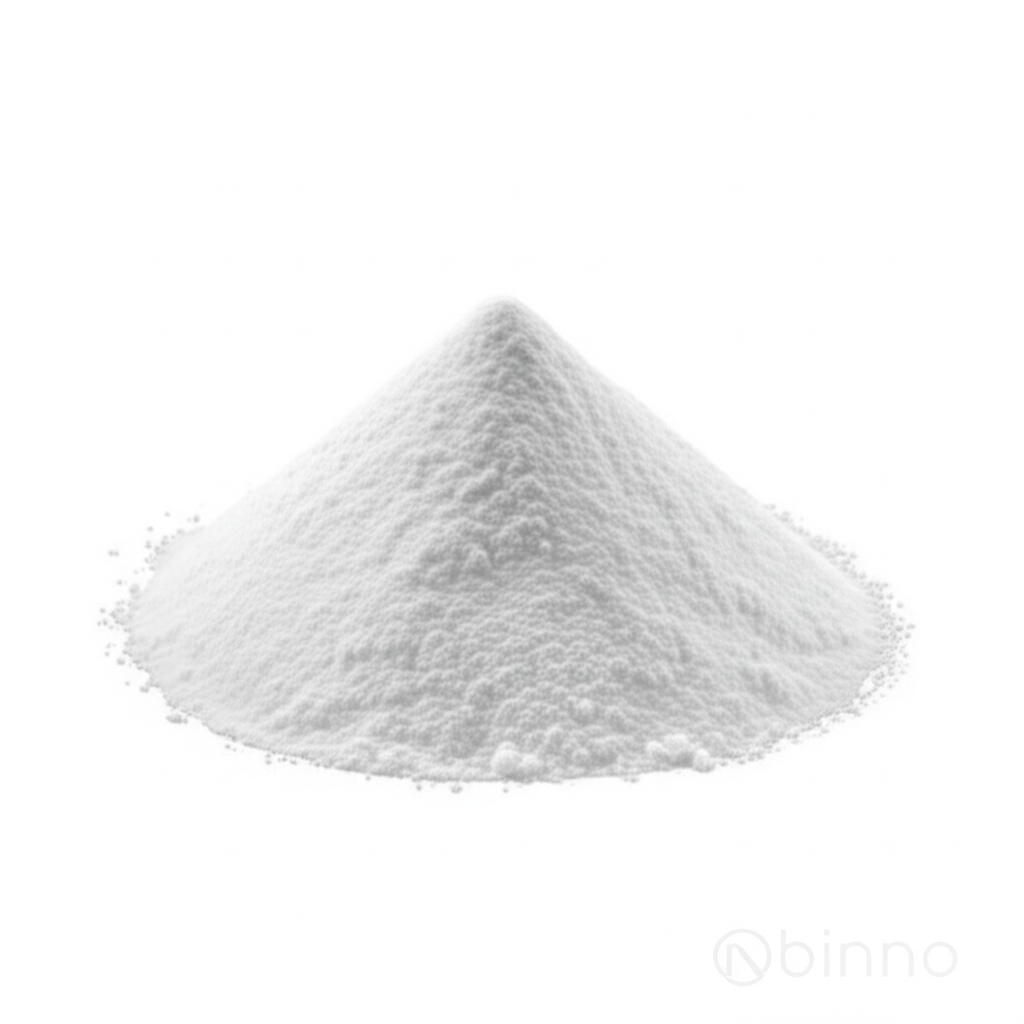Roxithromycin: A Comprehensive Guide to its Properties, Applications, and Benefits
Discover the detailed profile of Roxithromycin, a key macrolide antibiotic for effective bacterial infection treatment.
Get a Quote & SampleProduct Core Value

Roxithromycin
Roxithromycin is a critical semi-synthetic macrolide antibiotic, derived from erythromycin, renowned for its broad-spectrum antibacterial activity. It plays a vital role in combating various bacterial infections, particularly those affecting the respiratory tract, urinary system, and soft tissues.
- This Roxithromycin antibiotic mechanism of action involves inhibiting bacterial protein synthesis by binding to the 50S ribosomal subunit, making it highly effective against a range of pathogens.
- Understanding Roxithromycin side effects and interactions is crucial for safe usage; it generally has fewer interactions than erythromycin due to its lower affinity for cytochrome P450 enzymes.
- The Roxithromycin antibacterial properties are well-documented, making it a preferred choice for treating specific infections with enhanced efficacy.
- With its high pharmaceutical grade purity, Roxithromycin ensures reliability and effectiveness in therapeutic applications.
Key Advantages
Broad-Spectrum Efficacy
Roxithromycin offers robust effectiveness against a wide array of bacteria, contributing to successful treatment outcomes for common infections like respiratory and soft tissue conditions, leveraging its strong Roxithromycin antibacterial properties.
Favorable Pharmacokinetics
The drug's favorable Roxithromycin pharmacokinetics, including rapid absorption and a significant half-life, ensure consistent therapeutic levels, allowing for convenient dosing regimens.
Reduced Drug Interactions
Compared to other macrolides, Roxithromycin exhibits a lower tendency for drug interactions, enhancing patient safety and simplifying co-administration with other medications.
Key Applications
Respiratory Tract Infections
Roxithromycin is a primary treatment for bacterial infections of the lungs and airways, supported by its potent Roxithromycin antibiotic mechanism of action.
Urinary Tract Infections
It effectively treats bacterial infections within the urinary system, showcasing its broad utility in managing common health issues.
Soft Tissue Infections
Roxithromycin is utilized to combat bacterial infections affecting the skin and subcutaneous tissues, highlighting its importance in dermatological and surgical contexts.
Prophylaxis and Treatment
Beyond treating active infections, its consistent Roxithromycin bioavailability makes it suitable for certain prophylactic measures against bacterial diseases.
